It's so easy to get started with an affordable beginner's set, which includes the bass itself, a bass combo amp and accessories such as cables, straps, picks and even a tuner. Thomann offers a great range of these complete packages – and if you have any special requests, we'd be happy to "customise" your set to your exact specifications!
Some of our most popular bundles include the Harley Benton JB-75SB MN Vintage Series Bundle and the Fender SQ Affinity P Bass PJ PACK 3-SB, but they all include everything you will need to get started.
What is an electric bass guitar, and how are they constructed?
An electric bass guitar is only slightly larger than a regular electric guitar and is therefore relatively easy to transport. The body of the bass is usually made of solid wood, hence the term solid body. Only a very small number of "exotics" are made from alternative materials or have a partially hollow body.
The neck of each bass guitar is either bolted to the body – these instruments are usually called bolt-on basses – or glued into it (set-neck basses). Some models are also built in such a way that they have a continuous neck the length of the entire instrument, with two body parts called wings glued to the left and right – these are referred to as through-neck or neck-through-body basses.
The neck is also where you'll find the fingerboard, normally with frets that make it much easier to play the correct notes. Although there are fretless basses, these are something of a rarity. At the top of the neck is the headstock, fitted with machine heads to tune your bass guitar's strings. At the other end, the strings are anchored to the body at the bridge.
Most electric basses are equipped with four strings in the traditional E/A/D/G tuning. These are effectively the same as the four lowest strings on a standard guitar, but they are much thicker than guitar strings, so they sound an octave lower.
Originally developed in the 1980s, the more unusual five-string and six-string basses extend the normal range of the bass guitar upwards and/or downwards. There are even extended range basses (ERB) that can have seven, nine, or more strings, but they are usually considered instruments for individualists. The good news: Ultimately, your playing career isn't going to be affected by how many strings your instrument has!
While we are on the subject of strings: Almost all bass guitars are strung with roundwound strings made of stainlesss steel (which sounds aggressive and bright) or nickel (which are often said to sound a little "silkier"). In fact, 98% of all basses on the market are strung with strings of this type. There are also flatwound strings, with wrap wire which is flattened and polished during production; these reduce the treble frequencies in bass guitar's sound, resulting in a charming old-school tone.
An alternative are black nylon or tape wound strings, which sound somewhere between polished and unpolished strings. Some manufacturers, such as D'Addario, even produce strings with a protective plastic coating, so-called coated strings, which will keep you sounding fresh for a long time!
Which kinds of bass guitar are there? (Fender Precision Bass, Fender Jazz Bass, Music Man Stingray... )
Fundamentally, the electric bass is a cross between an electric guitar and a classical double bass – so the name bass guitar is pretty accurate. It's amazing to think that the three most important electric bass models were all devised by one and the same developer: True, the revered US radio mechanic Leo Fender didn't actually invent the electric bass guitar, as Paul Tutmarc first marketed his "Electronic Bass Fiddle" back in 1935. But it took a genius like Fender to make it possible for the electric bass guitar to achieve such persistent international popularity, thanks to serial production in large quantities.
Although frequently modified, the Fender Precision Bass (also called a P-Bass), introduced in 1951, is still one of the most popular bass models out there. Earlier-type models are equipped with a single-coil pickup, while later ones have a so-called split-coil pickup – two single coils wound in opposite directions with reversed magnetic fields. This little stroke of genius helps to filter out interference noise, a process known as humbucking – they literally block that annoying humming sound!
Although P-Basses are not particularly versatile in terms of sound, their power makes them well suited to any playing style. Well-known Precision bassists include James Jamerson (Motown Records), Steve Harris (Iron Maiden), and Donald "Duck" Dunn (Blues Brothers).
The Fender Jazz Bass (frequently referred to as a J-Bass, though the name doesn't mean it can only be used to play jazz!) followed in 1961 and was no less successful. The Jazz Bass has a slimmer body and a more delicate neck than the Precision Bass. The most important difference, however, is that it is equipped with two single-coil pickups. A J-Bass sounds similar to a P-Bass on its neck pickup – but it sounds rather more cutting and precise on the bridge pickup. With both pickups working in unison, a fat, "spanky" sound is created, familiar from the work of prolific bassists like Marcus Miller – and it's also ideal for slap bass. Other famous jazz bass players include the legendary Jaco Pastorius and Noel Redding, of the Jimi Hendrix Experience.
The third of Leo Fender's famous bass guitars is also timeless, and still in use to this day: The Music Man Stingray, introduced in 1976 has a wide humbucking pickup. This model produces a well-defined sound that is equally at home in Pop music and hard crossover: Well-known Stingray bassists include Flea (Red Hot Chili Peppers) and Timmy C. (Rage Against The Machine).
The Music Man Stingray was also the first bass guitar to feature active bass electronics as standard, making it possible to control the bass, mids, and treble – just like you can with your home stereo system, although this musical flexibility does require a 9V battery in the body.
Fantastic news: You don't have to break the bank to get hold of classic Fender-style basses. Companies such as Harley Benton, Sire, and others produce top-quality copies of the originals at amazingly low prices.

)
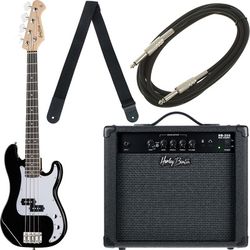
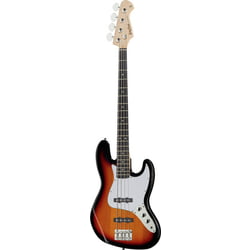
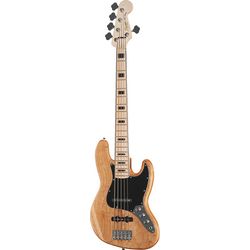
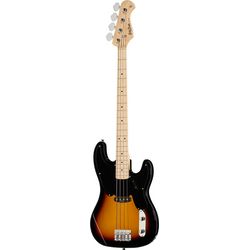
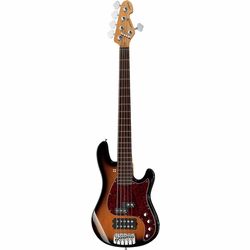
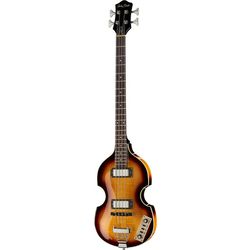
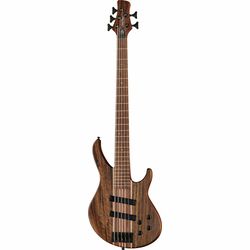

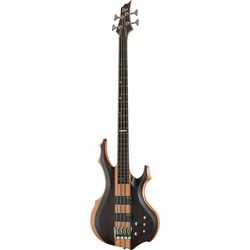
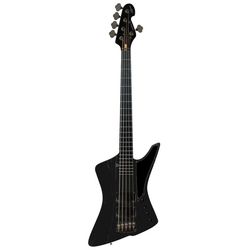
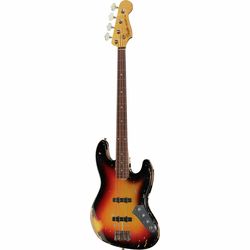
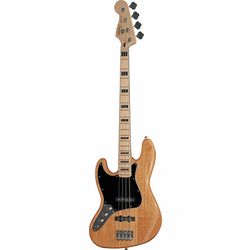
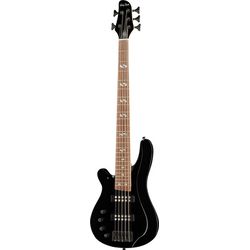
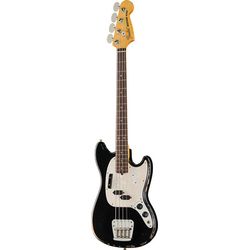
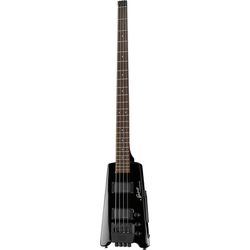
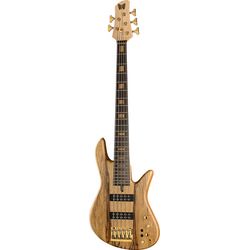
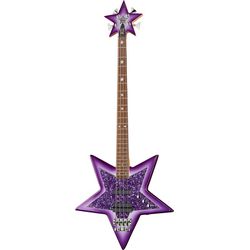
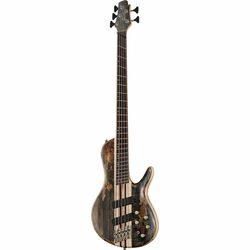


)
)